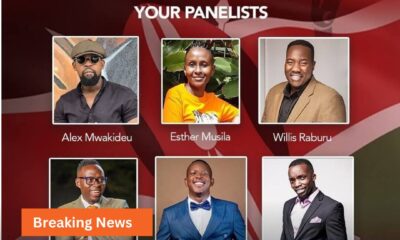“Everything just broke” in 2015, said Ms. Anderson, who has three young children. “I couldn’t get out of bed for three days. I cried and cried. I couldn’t even look at the church building, it hurt so much.”
Even though the policy is now history, she remains frustrated. “There are so many people who disagreed with the policy the whole time, and we’ve been looked at as apostates and heretics, because you are not supposed to disagree with the prophet,” she said.
Churches across the Christian tradition have long wrestled with their own policies about the religious rights of L.G.B.T. people, and the tension has grown in recent months. The United Methodist Church voted in February to strengthen its ban against gay and lesbian clergy and same-sex marriage, a decision poised to split the denomination. Roman Catholics have debated the role of homosexuality in the clergy sexual abuse scandal, ostracizing gay priests.
In Springville, Utah, Alma Loveland stopped going to church around the time that the initial policy was announced. “In the ex-Mormon world, it is always a mix of happy and angry any time the church does anything that is positive,” she said. “It is always mixed with, O.K., but you caused this problem in the first place.”
It is too early to tell whether or not this reversal may be enough to assuage church members who were angered and hurt by the 2015 decision, or enough to draw back those who have left the faith altogether. But it is another sign that the church under the leadership of its newest president, Russell M. Nelson, who was elected last year, is reconsidering its relationship with the broader American culture.
The decision comes nearly six months after President Nelson said he had received a revelation that the church should no longer be referred to as “Mormon,” but by its full name. Many observers saw it as a sign that the church aimed to align itself with mainstream American Christianity and not be sidelined as a marginal group.
“On the one hand, the church is trying to figure out how to keep its younger members and how to be a large church in the 21st century,” said Amanda Hendrix-Komoto, an assistant professor of history at Montana State University, who studies the church and is not a member. “But in other ways, it is also trying to retain its distinct identity.”

 General News1 week ago
General News1 week ago
 Politics1 week ago
Politics1 week ago
 Business News1 week ago
Business News1 week ago
 General News1 week ago
General News1 week ago
 Business News1 day ago
Business News1 day ago



